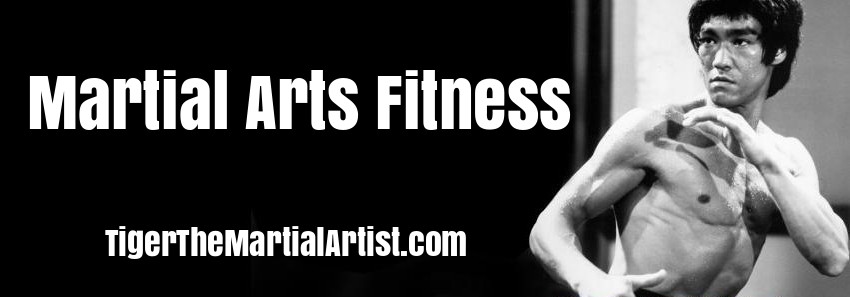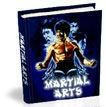Click Here To Subscribe To Your FREE Martial Arts Fitness Magazine
Learn Bruce Lee's Secrets
Click Here Now!By: Jimmy Cox A Brief Look At The History Of Karate
Karate is the art of self-defense and counter attack without weapons. It is a Japanese word and in its native language means literally "empty hands". Karate as a method of self-defense originated hundreds of years ago in Japan. Originally, Karate (or earlier ju-jitsu) was practiced only by the nobility in Japan and especially by the Samurai. The techniques were kept secret. The hoi polloi were denied the knowledge. It was a form of superiority that the upper class could demonstrate to the commoners to prove that they were superior physically - even without weapons!
This art of self-defense may be defined as "an application of anatomical knowledge to the purpose of offense and defense. It differs from wrestling in that it does not depend upon muscular strength. It differs from the other forms of attack in that it uses no weapon. Its feat consists in clutching or striking that part of an enemy's body as will make him numb, and incapable of resistance. Its object is not to kill, but to incapacitate one for action for the time being." (Inazo Nitobe, Bushido'. the Soul of Japan)
The size and weight of your opponent may be used against him. Even a big 250-lb. brute can be toppled by a smaller, lighter man who employs the principles of Karate. The Karate man knows the pressure points and focal nerve centers of his bigger, heavier adversary - and strikes at these pressure point.
To quote from the Encyclopedia Brittanica "Several of these sensitive places, for instance the partially exposed nerve in the elbow popularly known as the "funny-bone" and the complex of nerves over the stomach called the solar plexus, are familiar to the European, but the ju-jitsu expert is acquainted with many others which, when compressed struck or pinched, cause temporary paralysis of a more or less complete nature. Such places as the arm pit, the ankle and wrist bones, the tendon running downward from the ear, the "Adam's apple," and the nerves of the upper arm. In serious fighting almost any hold or attack is resorted to, and a broken or badly sprained limb is the least that can befall the victim ..."
Karate was taught to the special imperial guards who protected the Emperor of Japan. During World War II, special Japanese shock troops were taught the secrets of Karate. Toward the end of the global conflict, thousands upon thousands of Japanese line troops were given accelerated courses in Karate, to help them overcome their physical and weight handicaps in hand-to-hand combat with the enemy. Many an ex-GI who served in the Pacific Theatre of Operations can tell you how even a puny Japanese soldier could perform superhuman feats. Karate is faster than judo, quicker than ju-jitsu and more deadly than both! That is why Karate, when mastered, should be used with reservation and restraint. Karate never should be employed as an aggressive action, but only to defend yourself against an assailant.
Karate is highly dynamic and makes use of hundreds of body muscles. It helps develop body balance, posture, agility, coordination and grace. In fact, Karate is so popular in Japan today that thousands upon thousands of women and teenagers are studying it. In addition to its defensive qualities, it's ideal exercise for their figures; keeps them trim and lean. Many schools and colleges in America today are considering adding Karate to the curriculum.
About the Author: Discover How To Become A World Figure Skating Champion! Click here for FREE online ebook! http://www.worldfigureskating.net/
Click Here To Subscribe To Your FREE Martial Arts Fitness Magazine
Home | Articles | Exercise | Workouts | Nutrition | Links

